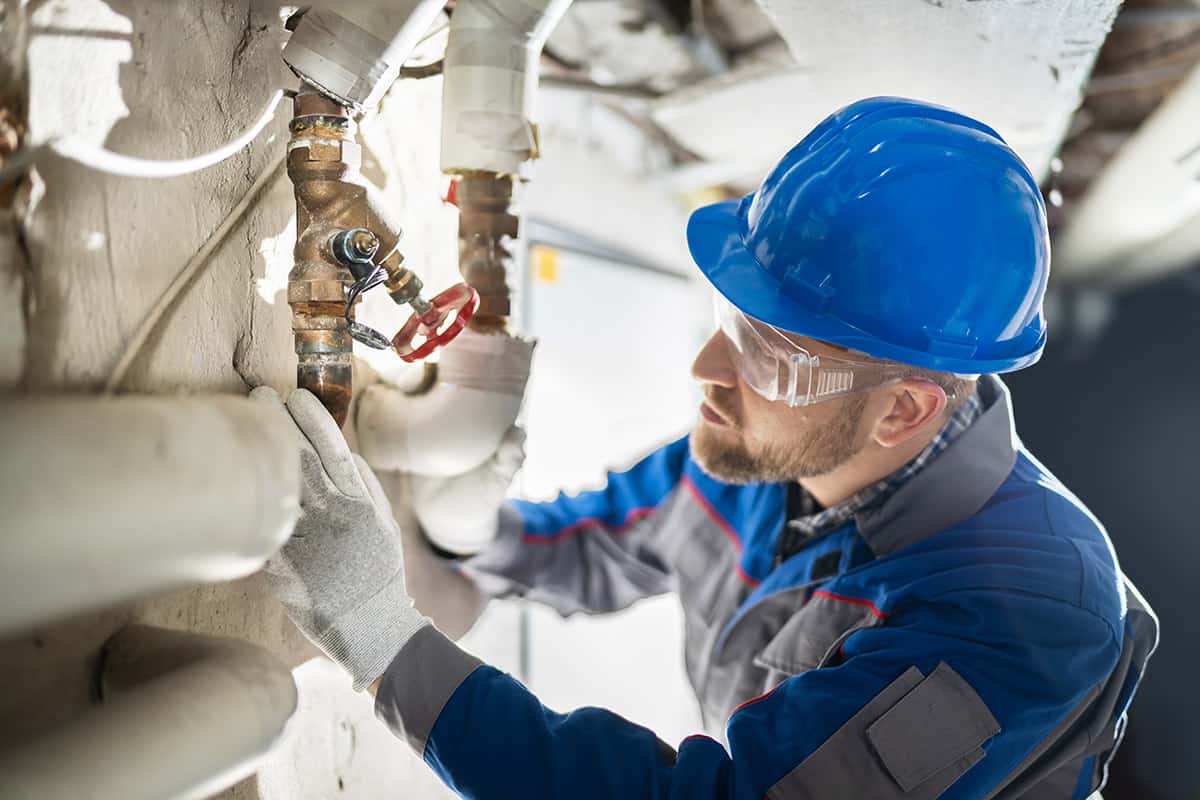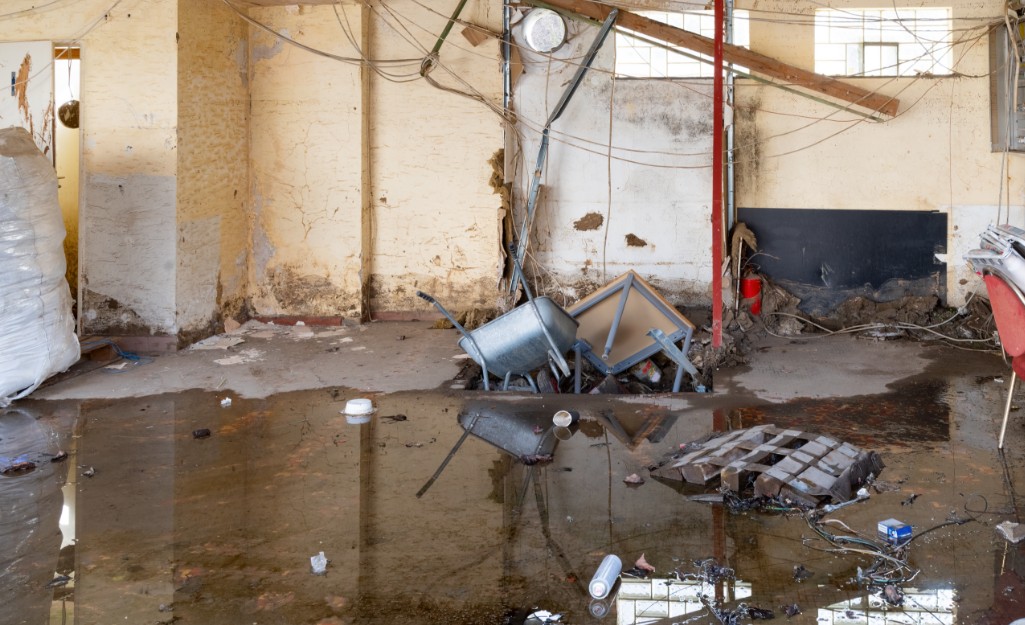Water Damage Restoration 101: Recognizing the Process and Cost
Water damage can strike unexpectedly, leaving house owners in a state of complication. Recognizing the reconstruction procedure is essential for efficient recovery. From evaluating the damage to selecting the best company, each step affects the general result and price. Variables such as the kind of water damage and necessity additionally play a considerable function. What are the certain methods utilized in repair, and exactly how can one plan for possible costs?
Kinds Of Water Damage
Water damage can emerge from numerous resources, each providing distinct obstacles for remediation. The three primary types of water damage are classified based upon contamination degrees: clean water, gray water, and black water. Tidy water stems from sources like broken pipelines or rain, presenting very little health and wellness risks. Gray water, which consists of wastewater from sinks or cleaning devices, contains impurities that might trigger discomfort or health problem if consumed. Black water, one of the most unsafe category, comes from sewer or floodwaters, including damaging bacteria and virus. Each type demands details reconstruction strategies and precaution to properly resolve the damage and reduce health threats. Understanding these differences is necessary for property owners and specialists associated with the water damage restoration process.
First Assessment and Examination
An extensive first assessment and evaluation are crucial actions in the water damage reconstruction procedure. This stage starts with a professional evaluating the extent of the damage, identifying the resource of the water breach, and determining the kind of water involved - Flood Cleanup Services. Specialists use customized tools to gauge dampness degrees in different products, such as walls, floors, and furnishings. Furthermore, they evaluate structural integrity and potential carcinogen, consisting of mold development. The searchings for from this examination inform the reconstruction plan, leading necessary actions and source allotment. Precise paperwork of the damage is important for insurance coverage cases and future recommendation. Overall, this preliminary assessment prepares for effective remediation, ensuring a detailed reaction to the particular situation handy

Water Removal Methods
Complying with the preliminary assessment, efficient water extraction strategies are utilized to minimize damage and stop more problems. These techniques entail the use of customized devices such as submersible pumps and industrial-grade vacuum cleaners. The option of approach depends upon the volume of water present and the sort of materials influenced. For standing water, submersible pumps are commonly used for fast elimination, while vacuums are perfect for drawing out water from rugs and upholstery. Additionally, progressed methods like water extraction floor coverings might be employed for hard-to-reach areas. The goal is to get rid of as much water as feasible, decreasing the potential for mold growth and structural damage. Motivate and efficient water extraction is vital in the general water damage remediation procedure.
Drying Out and Dehumidification Process
When the water removal is complete, the drying and dehumidification process ends up being important to restoring the affected location. This stage normally uses industrial-grade dehumidifiers and air movers to efficiently decrease dampness degrees. The dehumidifiers draw in damp air, removing excess moisture, while air movers circulate air to speed up dissipation. Surveillance equipment is typically made use of to track moisture and temperature levels, making sure optimal drying problems. The duration of this process can differ relying on the extent of the water damage and ecological variables. It is necessary to completely completely dry all influenced products, including walls, flooring, and furnishings, to stop mold and mildew development and architectural damage. Appropriate implementation of this action is essential for an effective restoration outcome.
Cleaning Up and Sterilizing Afflicted Areas

Preliminary Evaluation and Examination
Before starting any reconstruction efforts, an extensive initial analysis and examination of the impacted areas are essential for reliable cleaning and disinfecting. This procedure includes determining the degree of water damage, identifying the resource of the water invasion, and assessing the materials impacted. Assessors normally search for signs of mold and mildew growth, architectural integrity issues, and damaged items. The assessment likewise consists of checking dampness levels utilizing customized tools to guarantee no covert water pockets continue to be, as these can lead to more problems. Recording the findings is crucial for preparing the following action in the reconstruction process. An in-depth initial evaluation enables repair professionals to create a targeted strategy for effective cleansing and disinfecting, eventually decreasing damage and health dangers.
Cleaning Up Techniques and Products
Efficient cleansing and disinfecting of water-damaged areas need a selection of products and techniques tailored to the specific materials influenced. For permeable surface areas like drywall and carpets, extraction methods are important to eliminate excess wetness, followed by deep cleaning with specialized cleaning agents. Non-porous products such as ceramic tile or metal can be cleaned using commercial-grade cleansers that properly get rid of pollutants. Heavy steam cleaning is an additional reliable method, particularly for carpets and upholstery, as it uses heats to eliminate bacteria and mold and mildew. Furthermore, green products are increasingly preferred for their security and effectiveness. Ultimately, picking the suitable cleaning methods and items not only ensures immediate cleanliness yet likewise aids in protecting against additional damage and health threats connected with water breach.
Sanitization and Disinfection Techniques
When dealing with water damage, proper sanitization and disinfection techniques are essential to guarantee the security and health of the damaged atmosphere. After first cleaning, surface areas should be treated with ideal disinfectants to remove microorganisms, mold and mildew, and bacteria that prosper in moist conditions. Typical methods consist of making use of EPA-approved chemical disinfectants, which can be used with spraying or cleaning methods. Additionally, ultraviolet (UV) light systems can efficiently disinfect areas by reducing the effects of microbes without harsh chemicals. The option of approach frequently depends upon the sort of materials impacted and the degree of contamination. Inevitably, complete sanitization not just brings back a risk-free home however also assists prevent future health and wellness risks connected with sticking around wetness and mold growth.

Repair Services and Restoration Options

Variables Influencing Restoration Expenses
The level of water damage straight impacts the repair sets you back property owners can anticipate to sustain. Elements such as the resource of the water, the period of exposure, and the affected materials significantly affect rates. For example, clean water damage from a broken pipe is generally less expensive to recover compared to damage caused by sewage. In addition, the degree of contamination determines the need for specialized cleaning and disposal services, even more boosting expenditures. Geographical area additionally contributes, as regional labor rates and availability of remediation services can vary. The seriousness of the action affects costs; quicker interventions usually lead to lower total costs by protecting against additional damage. Recognizing these factors is vital for homeowners when approximating reconstruction expenses
The three primary kinds of water damage are classified based on contamination degrees: clean water, gray water, and black water. A comprehensive initial analysis and examination are crucial actions in the water damage reconstruction process. For standing water, submersible pumps are usually used for rapid removal, while vacuum cleaners are excellent for removing water from rugs and furniture. The level of water damage straight impacts the restoration sets you back home owners can anticipate to incur. Clean water damage from a broken pipe is generally less costly to restore compared to damage triggered by sewage.